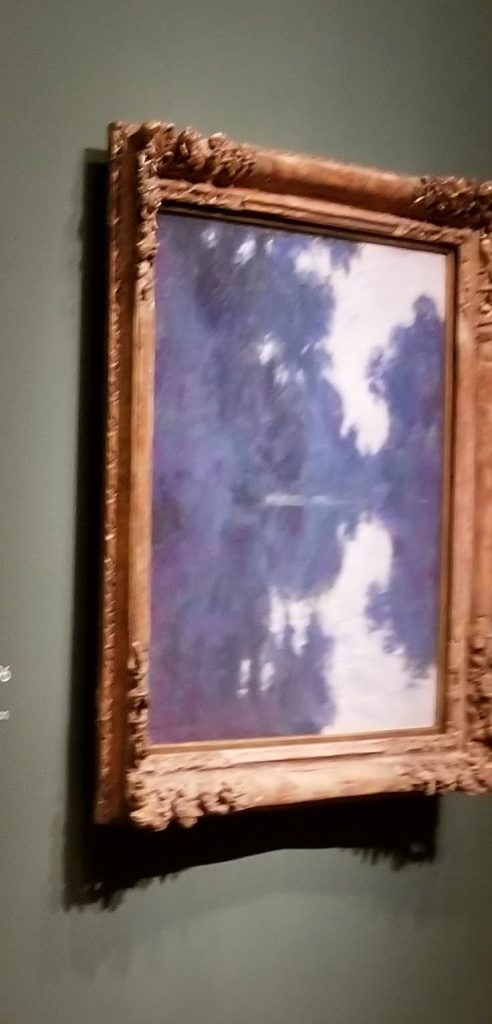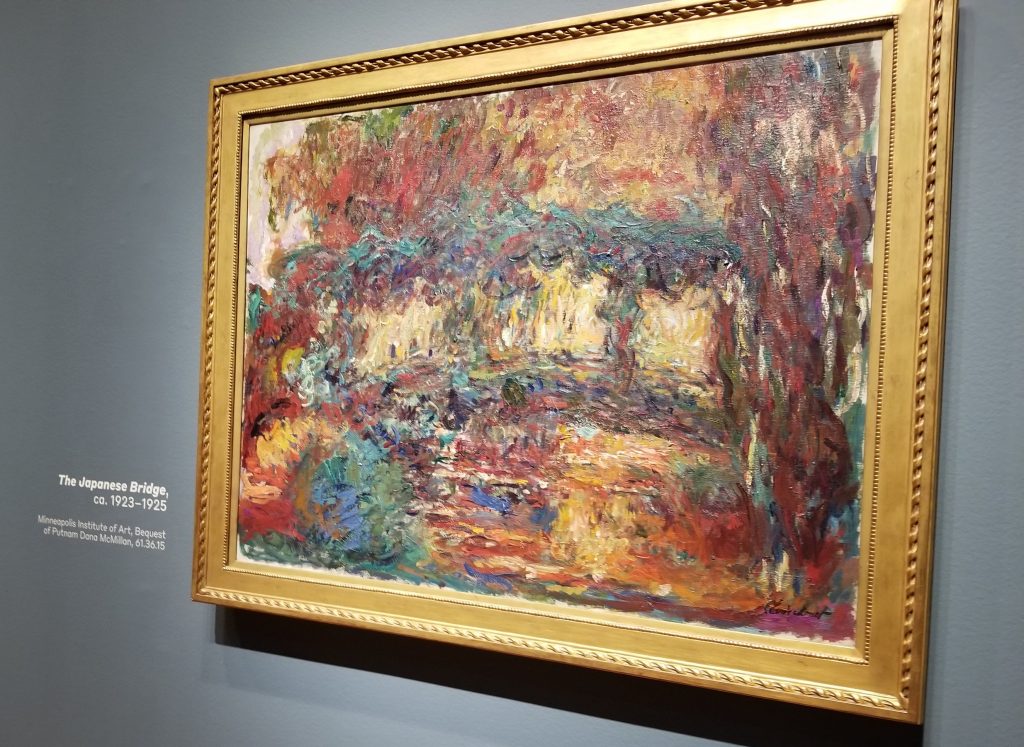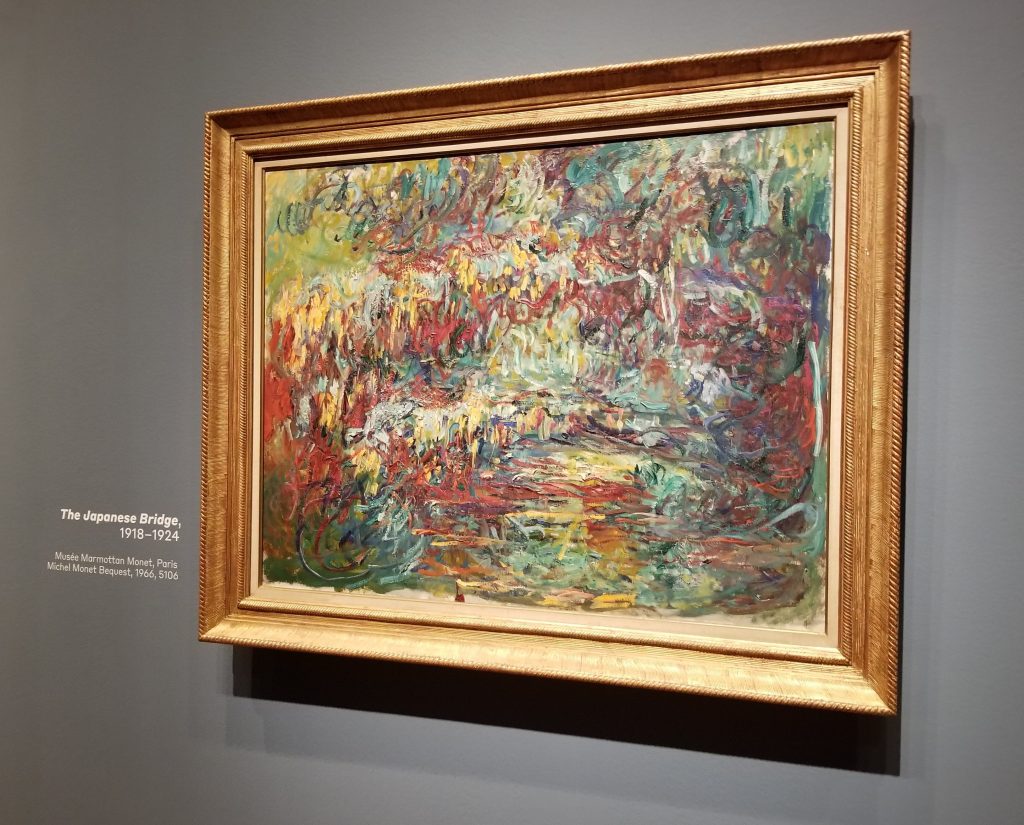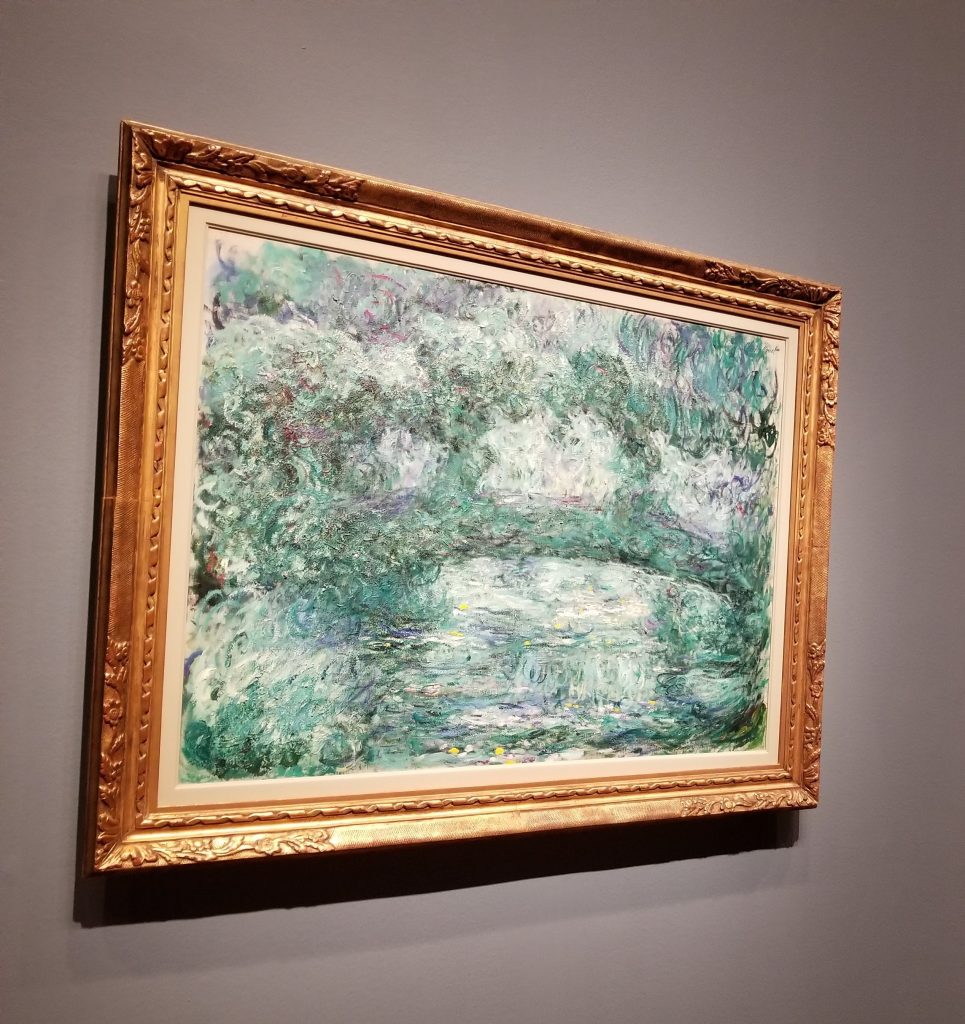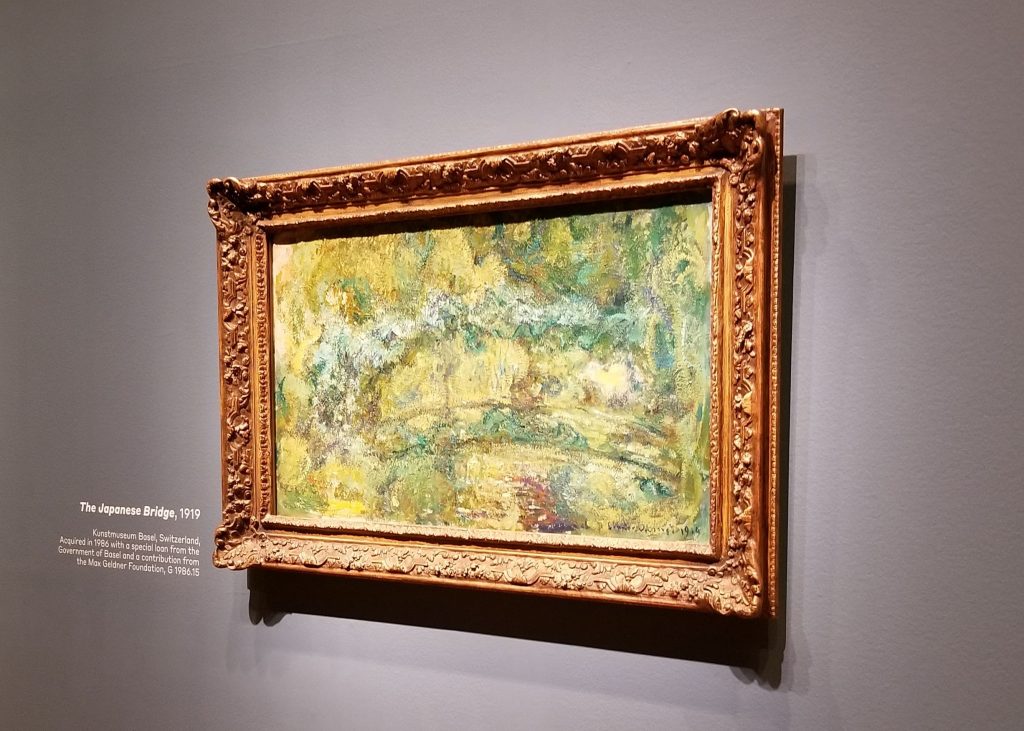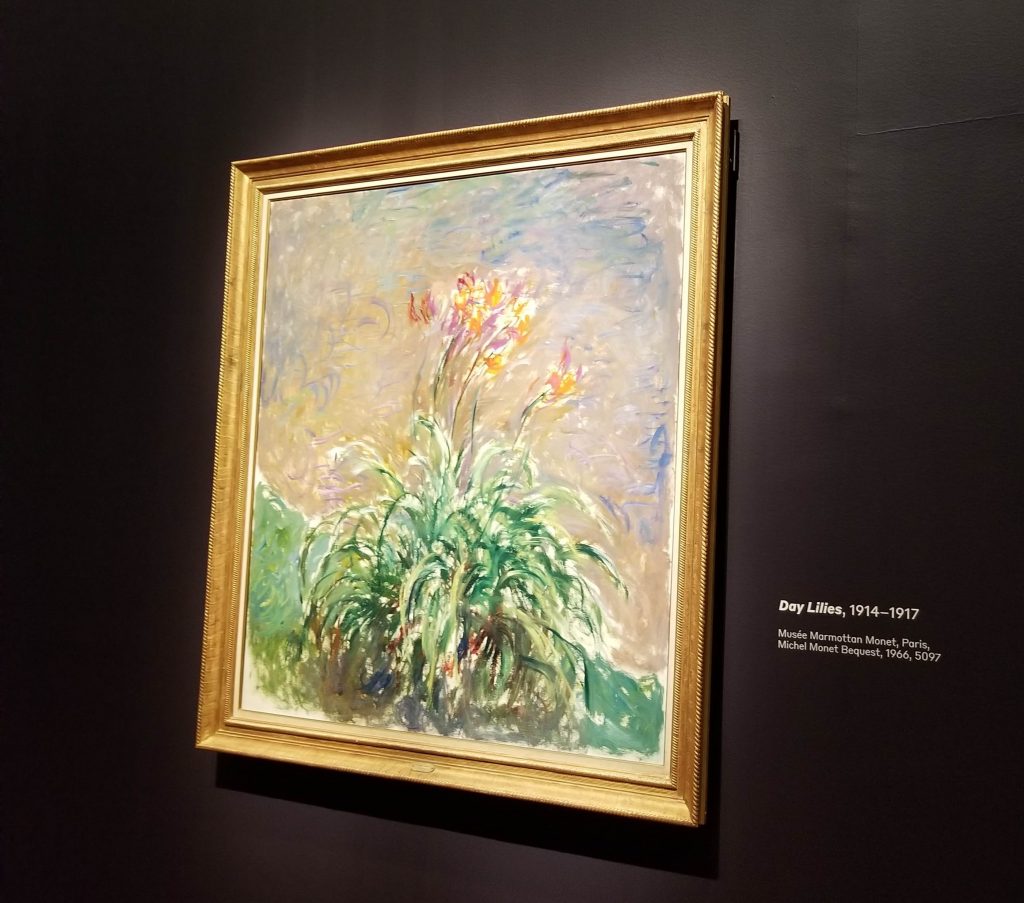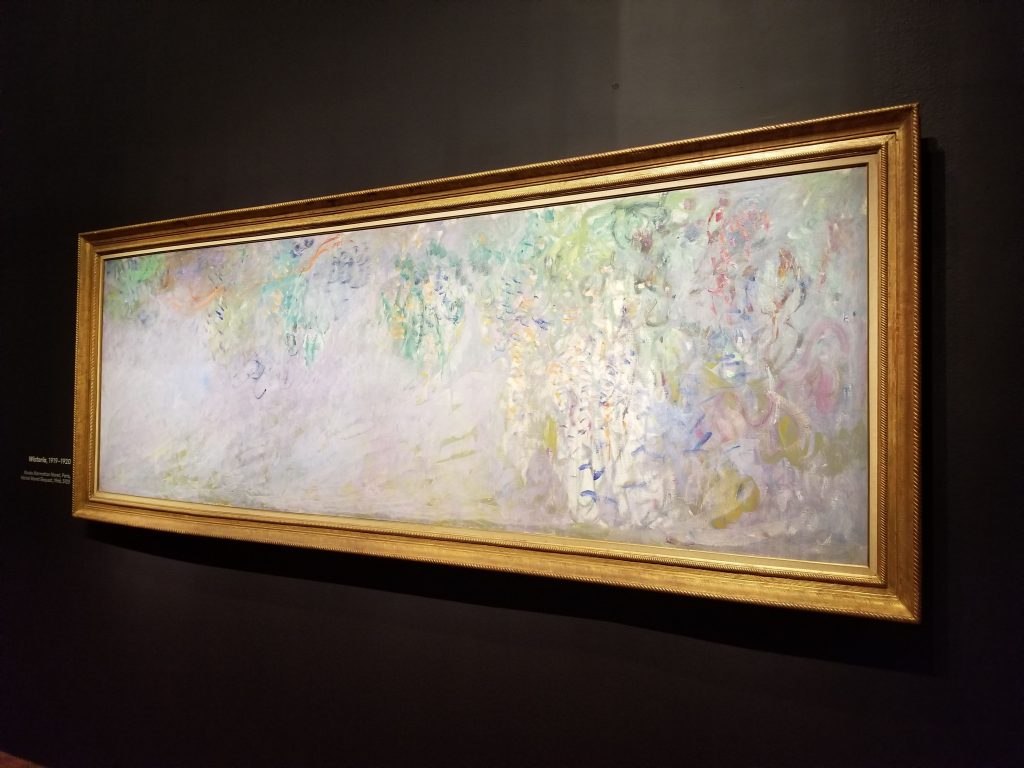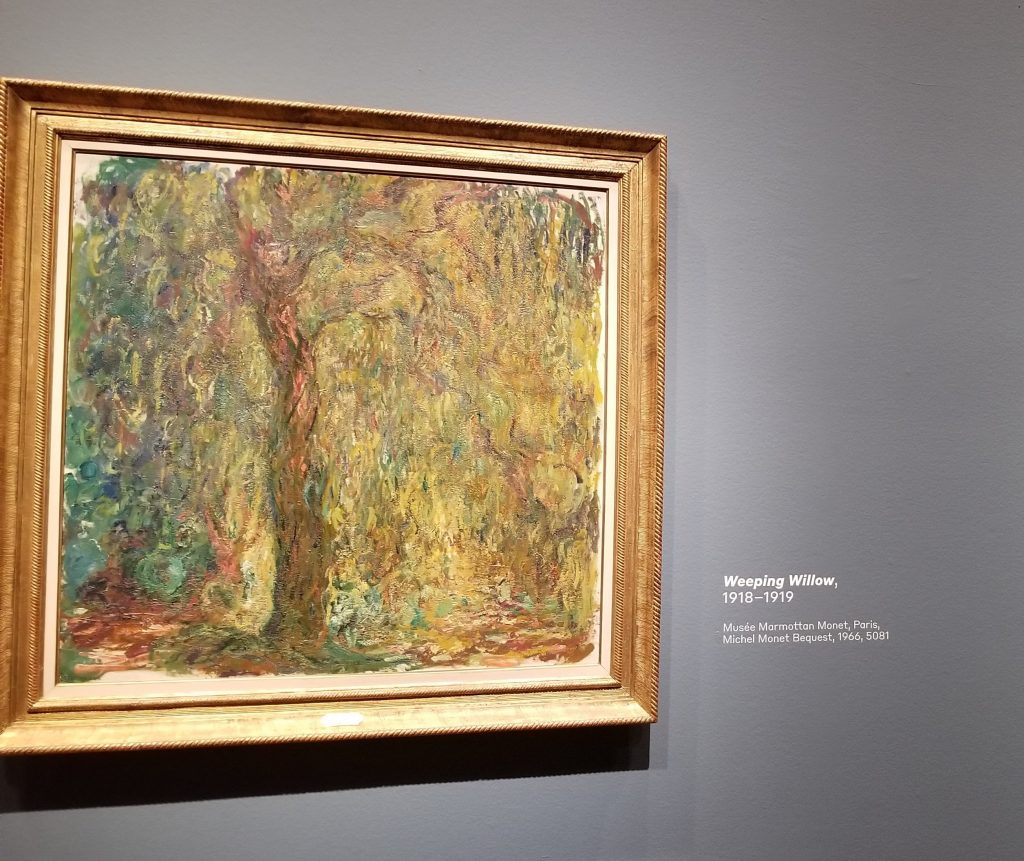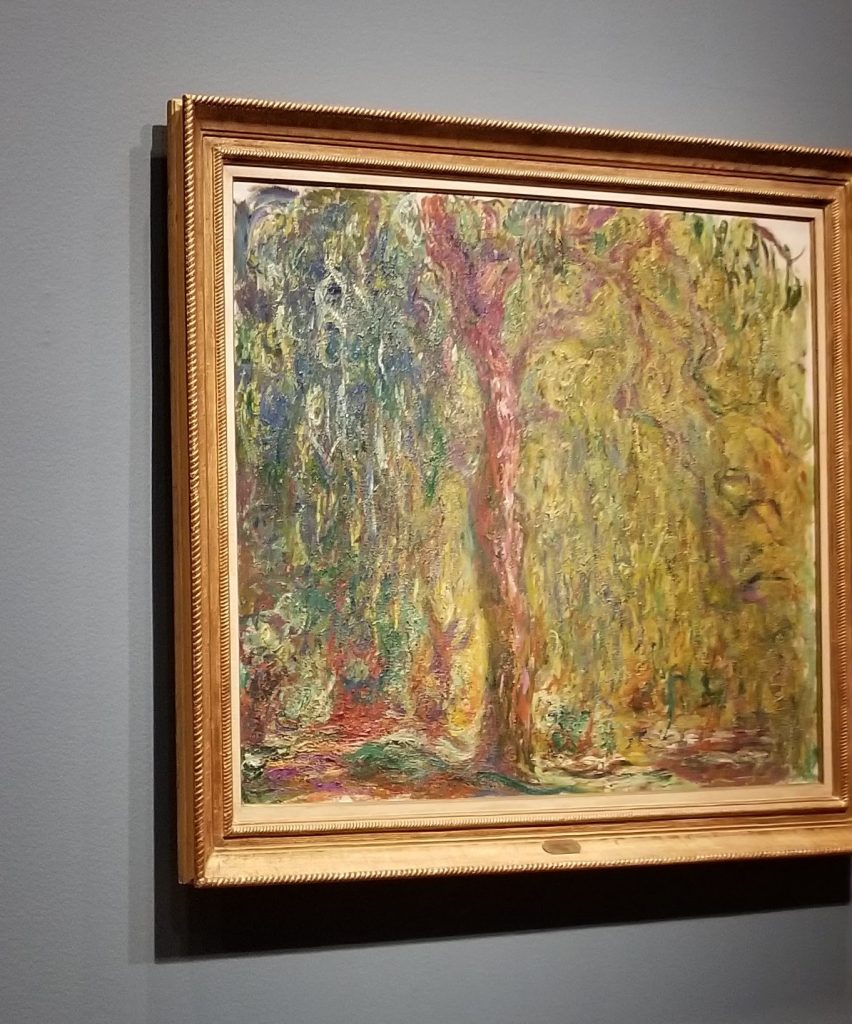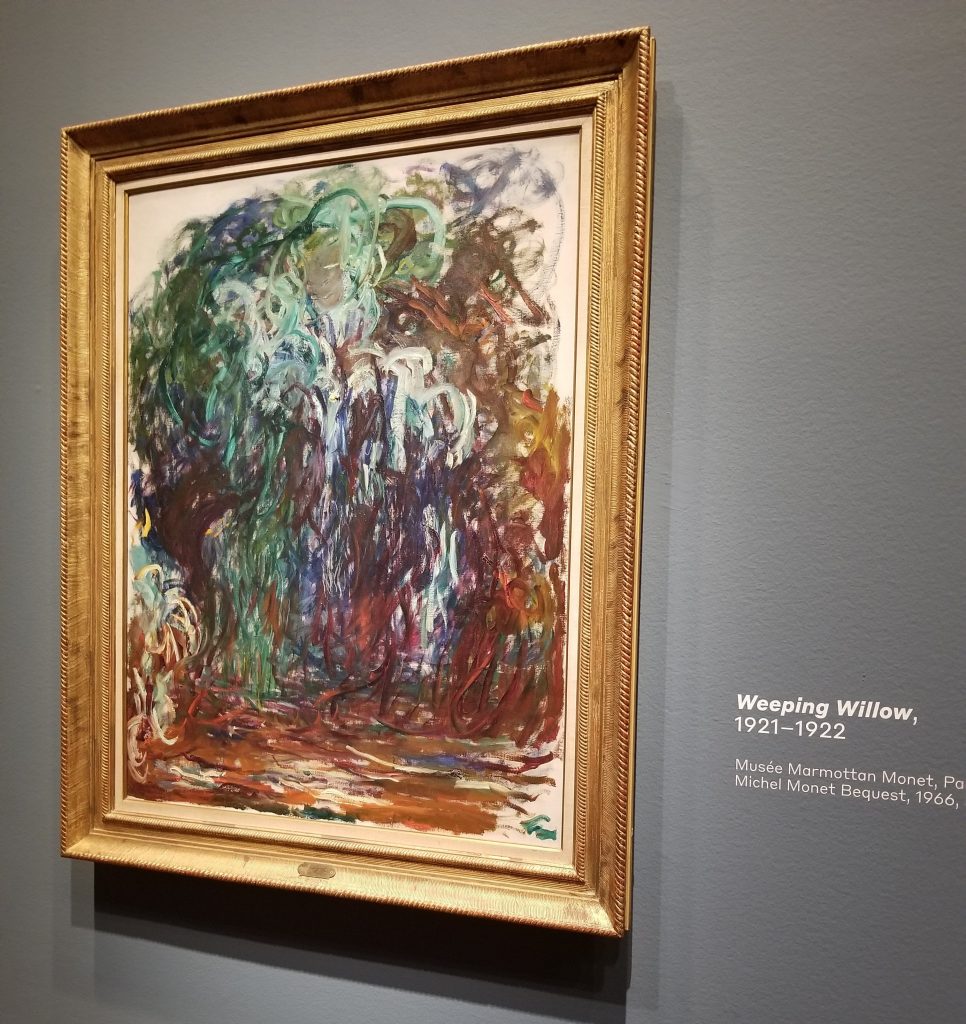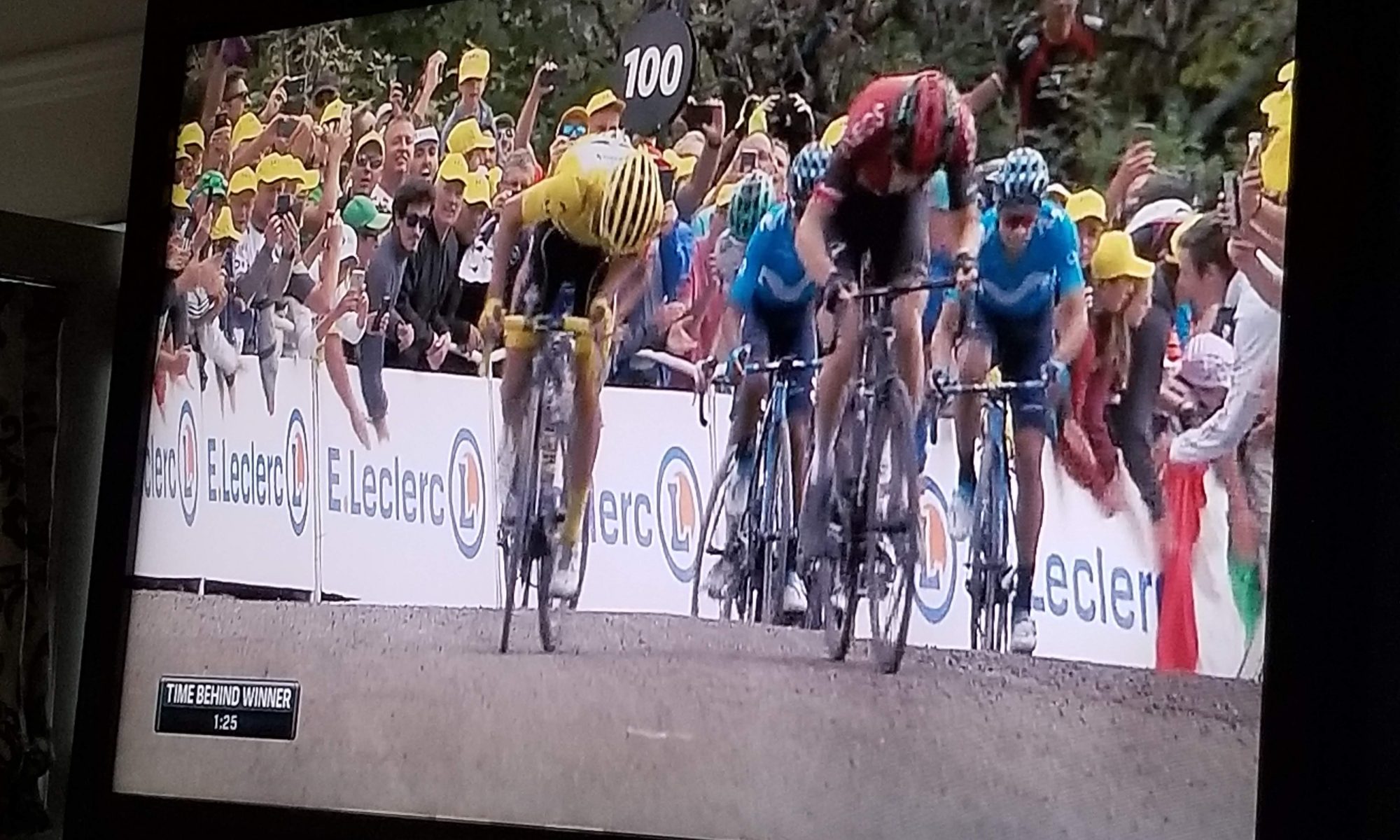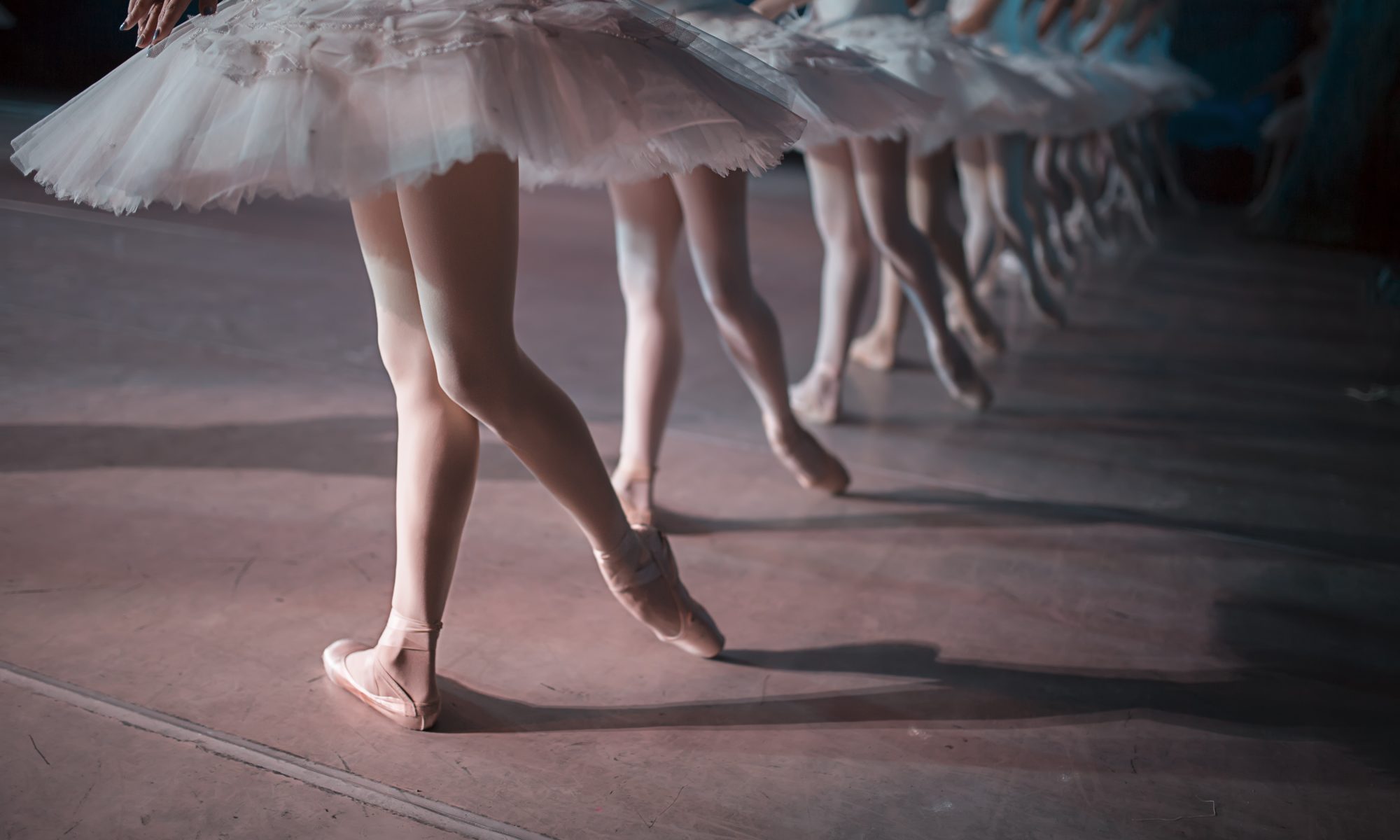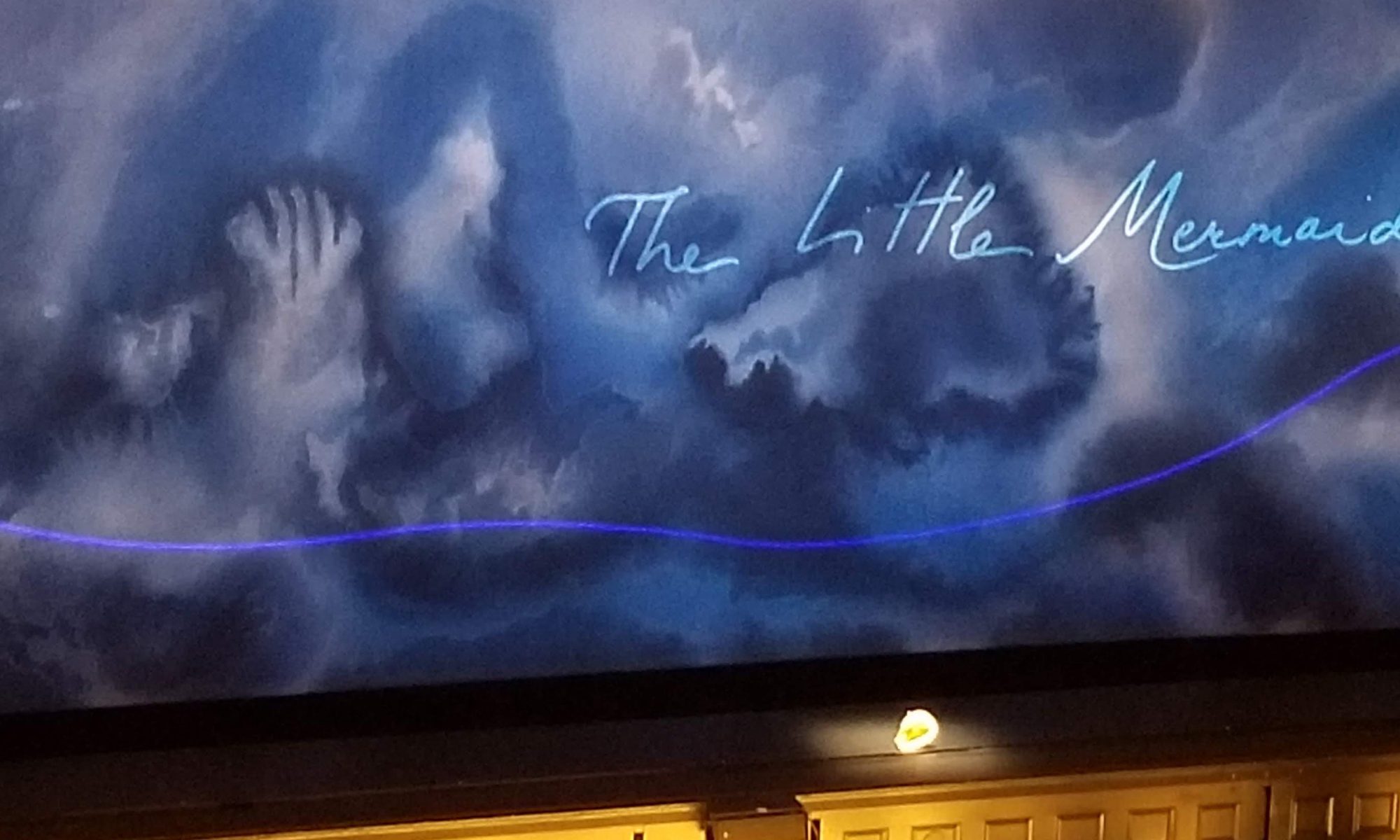My writing club had a flash fiction contest so I made my first attempt at writing a 1,000 word short story. The writing prompt was:
The wacky antiques dealer took pictures near a broken refrigerator about an hour ago to discover the secret.
Here is my story:
Estate Secrets
I never expected this to
be my life.
Sure,
getting into the estate sale business seemed like a good idea. Think about getting paid to go through
someone else’s lifetime accumulation of treasures. Imagine being the one to discover that rare
item that would send Leigh and Leslie Keno into a tizzy. Every day would be an adventure of discovery!
I’ll
tell you what, it’s not like that.
What
it is like is long, dirty days of sorting through mountains of someone else’s
junk, trying to create some semblance of organization in order to encourage
today’s hoarders – excuse me, I mean my future clients – to pay me for the
privilege of taking as much stuff as possible off of my hands.
Our
fiduciary responsibility to the estate means that my team has to go through
every item, catalogue it, and research its value. We can’t just skip the piles of magazines and
overflowing linen closets, and we can’t make someone a bro deal to get them to
take that 120-piece collection of Waterford crystal. It is tedious and often smelly work.
I
never thought that I would say this, but I should have listened to my father
and gone to law school after all.
I’ve
been in the estate sale business for long enough that I thought that I had seen
it all. I mean, did I tell you about the
crazy cat lady who, in addition to the dozen living cats which were the
beneficiaries of her estate, had a collection of nearly 3,000 cat objects? Sure, plenty were from the Dollar Store, but
there were also dozens and dozens of Baccarat and Lalique crystal and Herend
porcelain figurines. We’re talking hundreds of thousands of dollars of cat
tchotchkes.
Then
there was the guy who had every issue of Playboy magazine from 1953 through
2003. Someone bought the entire set. And yes, we did wear gloves the entire time
we were at that house.
But
this house really took the cake.
This tutor-style bungalow
has always been something of a landmark in town. Let’s just say that no one else had a
Stonehenge-style garden folly in their front yard, much less one illuminated
with gas-powered, flaming torches (at least until the fire marshal had
something to say about it). And, I have
to admit that I was looking forward to getting to see what was inside…until I
did.
I
was expecting to find the suit of armor, the elaborately carved, throne-like
chairs next to the fireplace, and the endless yards of heavy, red, velvet
curtains. I was not surprised by the
well-stocked library with floor-to-ceiling shelves of leather-bound, first
editions. Frankly, I was not even
surprised when we were cataloguing the library and discovered the volume that revealed
a secret passage.
What
we found when we explored the passage was surprising to say the least. Horrifying is probably a better word. But in spite of how disturbing it was, it was
not illegal and was no reason for us not to carry out our responsibilities in
terms of liquidating the estate.
A
rare book dealer from Archer City, Texas had agreed to take the entire
collection site-unseen so we wouldn’t have to worry about having the library
accessible to the parade of antiques dealers and lookie-loos who we were
expecting for the sale. We moved on to
the kitchen.
#
It was the first day of the sale. I peeked out at the line of early birds and my heart sank. Roger, that wacky antiques dealer from Glendora was at the front of the line, pontificating about the home’s provenance and extemporizing about the value of the items that he expected to find.
The
doors opened and we admitted the first 15 from the line. The house was immediately buzzing with the
excited energy of the treasure hunters.
It was a welcome relief from the ominous feeling that had come over my
entire team after we found the chamber.
Now if only we could get Roger out of here before he discovered the
secret.
From
the moment he walked in the door, it was clear that he was not here to
shop. Watching him snooping around the
fireplace and tugging on the sconces in the hall, I knew that it was just a
matter of time before he asked me why we had placed that enormous credenza in
front of the locked door to the library.
I did enjoy letting him know that Larry McMurtry had already wired the
funds for the contents of the library and that there was nothing in there for
him to see.
With
a sniff, he proceeded to the kitchen.
“Why isn’t the refrigerator
priced?” he asked Monica.
“Oh,
it’s broken, and we don’t know that it is reparable, so the family chose not to
put it up for sale,” she replied in her fantastically, disdainful manner.
What
did he think she was going to say? “Oh, it’s a second passageway to the most
horrible thing that I have ever seen,”
Monica was too smart for Roger’s games.
He
sniffed again. “Well, you won’t mind if
I take a few photos so that I can look up the model then. I may still be
interested.”
The
only thing interesting about that refrigerator was its secret.
#
About an hour later, I
came through the kitchen to check on Monica.
“I
didn’t see Roger leave; do you know where he went?”
She shrugged and glanced toward the broken refrigerator, “You know those wacky antiques dealers,” she deadpanned, “sometimes they just disappear right out from under your nose.”
The
End




